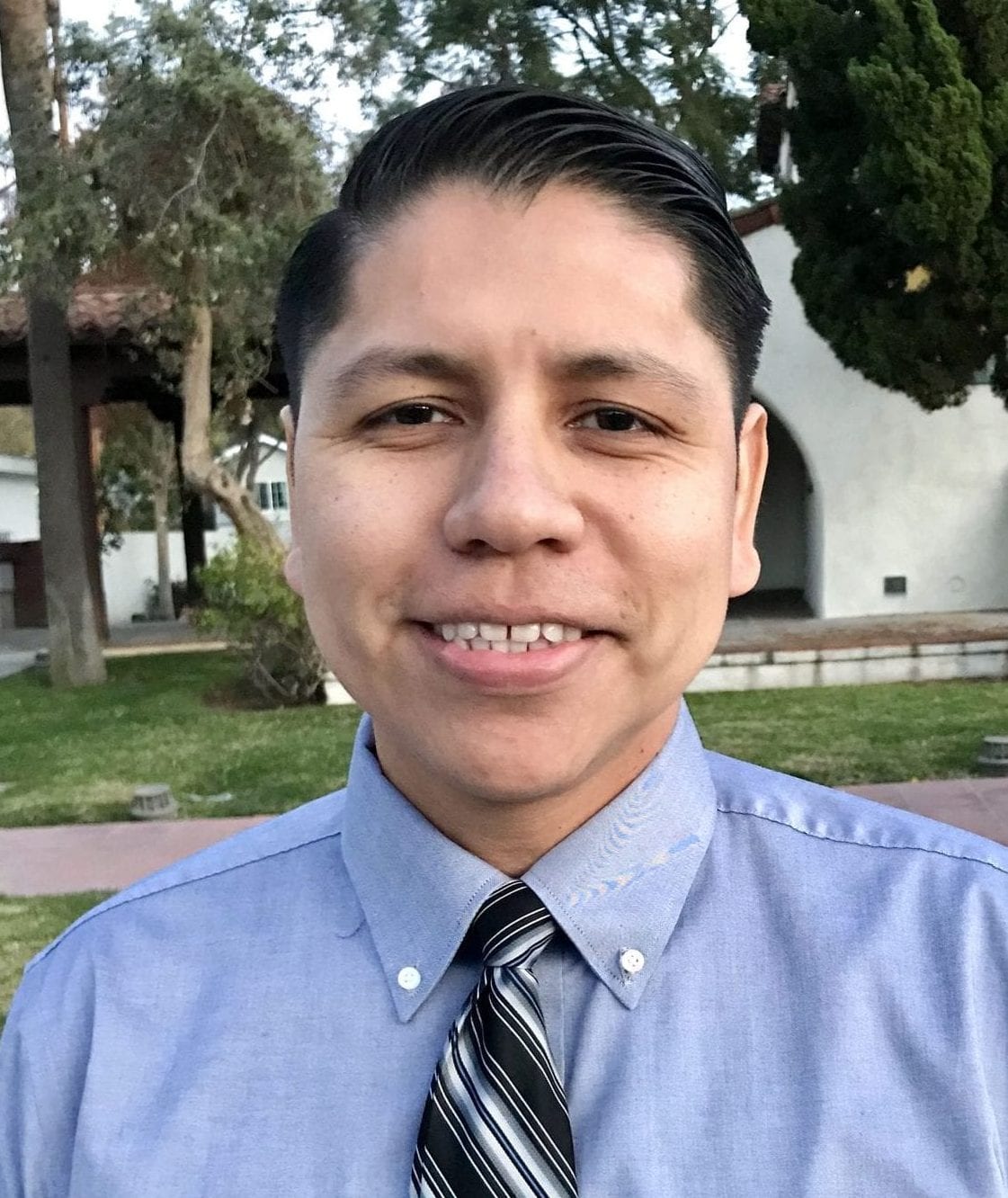Aron Carcamo on Mobility, Design and Community
Alumnus Aron Carcamo received a Bachelor of Architecture from Woodbury in 2013. Aron currently works as a design professional at Stantec with a focus on sustainable design. As part of Stantec’s project teams, Aron has been a key contributor to the Willowbrook/Rosa Parks Station Improvement Project in Willowbrook, California, and the Los Angeles Streetcar project. Outside of the office, Aron has volunteered at the Department of Architecture at East Los Angeles College as a mentor. Aron consistently works to create a domino effect where one day students will dedicate their time to inspire the next generation of designers. We caught up with Aron to ask him about his career and how he designs for mobility and community in Los Angeles.
Interview with Aron Carcamo
 Q: Why did you choose to study architecture?
Q: Why did you choose to study architecture?
I believe we are all searching for purpose. Within that search, I’ve always enjoyed signs, from the simple stop sign to the pictographs that give people guidance. As a result, I started seeing it as an art form. What impressed me was the fact that something so static could activate an action among an audience. Architecture to me is a “sign” of action. These actions can respond to the constant changes in society in the form of a physical expression. Like a powerful universal sign, I seek an expression that can help people, be universally read, and is integrated with its context.
Q: You’ve studied at both East Los Angeles College and Woodbury. How has your education shaped your career path?
Coming out of high school, I had no clue what I wanted to do with my life. I was part of a sample size of students who come out of high school with a fear of not having a sense of direction in life, but I knew I wanted to go to school. My education started at Los Angeles City College where I did most of my general education. After a couple of years, I looked at my room one day and saw all these signs I had collected over the years. As I researched more about signs and its intentions, I found a lot of connection to architecture. I applied to East Los Angeles College and I took a freehand drawing class taught by two great professors, Ramon Ramirez and Alexis Navarro. From there, I heard about Woodbury and applied, and was really thankful to receive a half tuition scholarship. That moment marked a great milestone in my career path.
At Woodbury, I entered into the third year. The more I worked, the more I started feeling confident in my abilities. I completed my degree in 2013, and I’m really thankful for a series of studios that opened my level of understanding of urban issues. From my time in the India studio with Nick Roberts and Linda Taalman to the Cuba Studio with Guillermo Honles and Mark Owen, these studios were truly life-changing. I developed a deeper level of respect for the issues other countries are facing, and I was given opportunities I never thought I would have.
Q: Architects constantly face questions of narrowing project scopes. With so much of the world in flux, how do you think architects and designers will adapt ways of practicing to advance the profession?
When you look at a profession like architecture and examine its relationship to changing environments, we must change our approach. Architecture is not enough. We need to collaborate with other professions to create new standards of design. Once we change that, I believe architects will obtain expanded scopes of responsibility. With a more cross-disciplinary approach in education, I feel that we can build a new set of standards that will translate to a new “sign” of action. As we grow more comfortable with cross-disciplinary education and discussing our limitations and boundaries, we will be able to expand our roles and responsibilities as a bigger part to the whole. New conversations will lead to new thought processes.
Q: As a Design Professional at Stantec, what type of projects have you enjoyed working on most?
I enjoy working on projects that involve community engagement, public art, and those that help low-income communities. The Willowbrooks/Rosa Parks Station Improvement project is a fantastic project that fits these parameters and is currently under construction. The station needed to address a lot of issues from pedestrian access, increase efficiency of rail transfers, and most of all enhance the security and safety of the patrons. The community helped provide clarity to our designs and their ideas became the drivers of the project. What I loved about this experience was the passion people had about their community. I strongly feel that more projects like these need to happen. There is a lot of opportunities for architecture to be the “sign” of change.
Q: What advice would you give to young designers who aspire to follow a similar career path?
It is okay to be afraid when choosing a career path. But don’t let that hinder you. Reach out and talk to someone. Engage with friends, family, and the leadership at a school. There is a lot of help out there if we simply ask. Going to a community college can be a great stepping stone to success. It is a different path, but can yield the same great results as a student who directly enters an architecture program from high school. Try to understand more about the school you want to go to and what they are expecting in terms of process, ideas, and vision. That means establishing a great work ethic from the beginning and possibly doing things that are out of your comfort zone. Above all, don’t be afraid to take a new path. You never know what opportunities can come from building connections and always being open to learning from others.